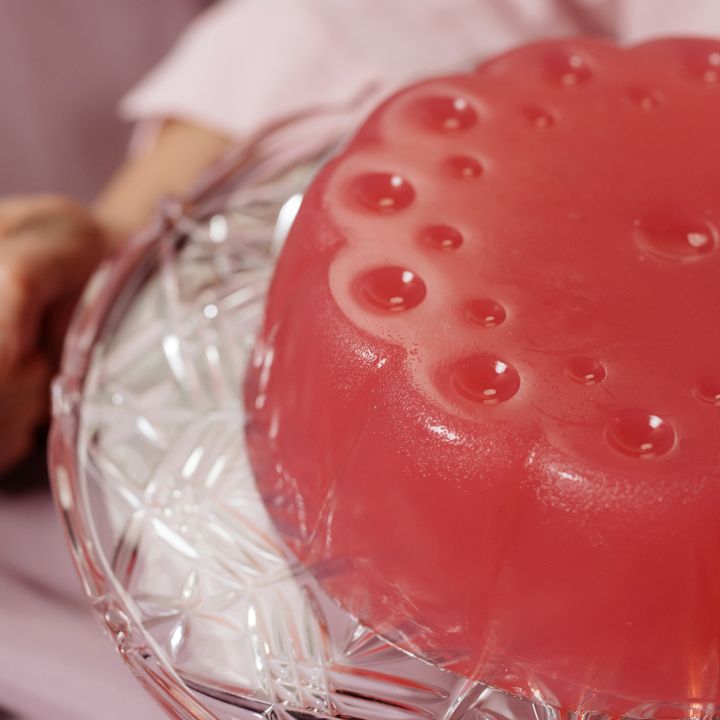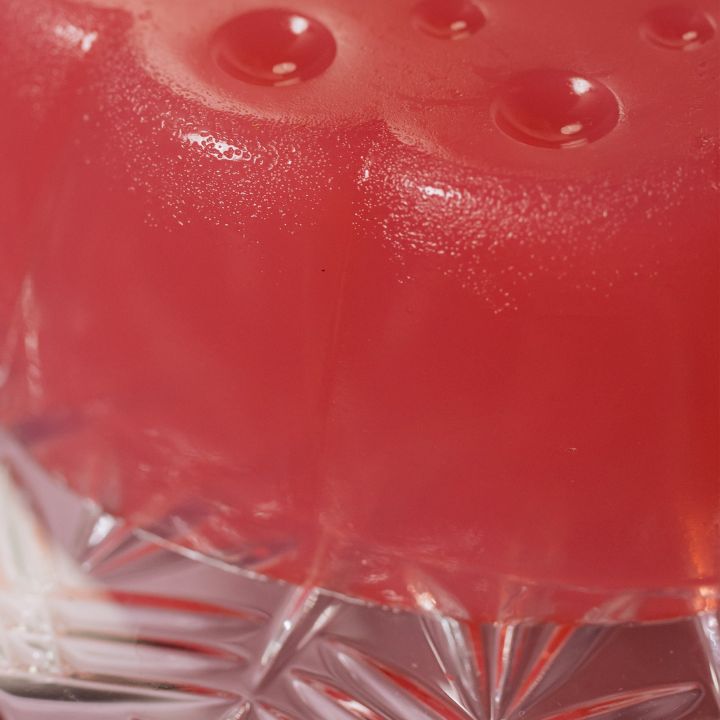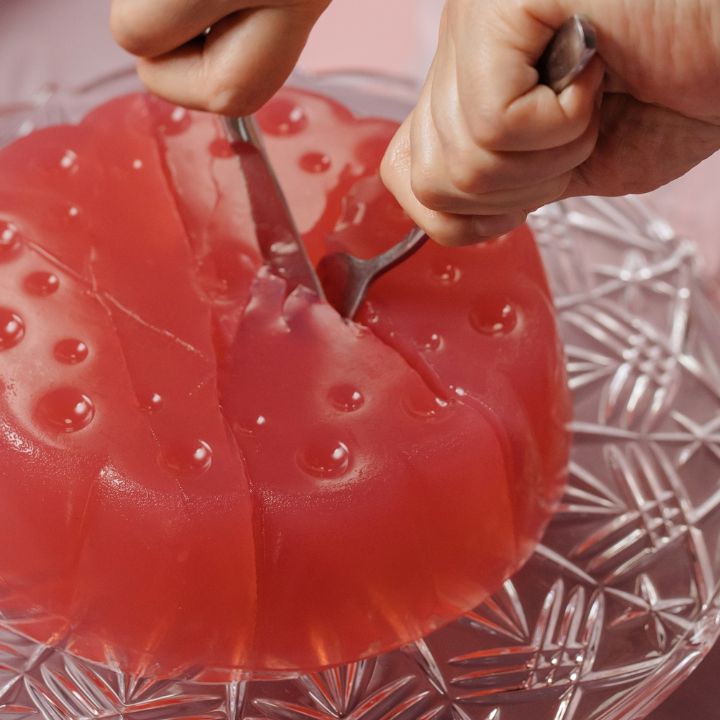Gelatin is a protein obtained by boiling animal bones, skin, and connective tissues. It is commonly used in the food industry as a gelling agent, stabilizer, and thickener, and is often found in desserts, marshmallows, and gummy candies. However, it is not a vegan ingredient, and many people choose to avoid it for ethical or dietary reasons. Fortunately, there are several alternatives to using gelatin in baking.
To produce gelatin, animal bones and tissues are first cleaned and treated with acid to break down the collagen protein into gelatin. The gelatin is then extracted and purified to remove impurities and excess moisture. The resulting product is a fine, odorless, and tasteless powder or sheets that dissolve in hot water.




Gelatin Substitutes
Agar-agar is a seaweed-derived gelatin substitute that is widely used in Asian cuisine. It is available in powder or flake form and can be used in a 1:1 ratio with gelatin. Agar-agar sets more firmly than gelatin, so it is best suited for recipes that require a firm texture, such as jellies and custards. It is also a good option for vegan marshmallows.
Carrageenan is a seaweed-derived thickening agent that is often used as a gelatin substitute. It is available in powder or flake form and can be used in a 1:1 ratio with gelatin. Carrageenan can be used to create a range of textures, from soft and creamy to firm and gummy. It is often used in dairy-free ice cream, yogurt, and whipped cream.
Pectin is a plant-based gelatin substitute that is commonly used in jams and jellies. It is available in powder or liquid form and can be used in a 1:1 ratio with gelatin. Pectin is often used in vegan fruit gummies and jellies.
Xanthan gum is a thickening agent that is often used as a gelatin substitute in gluten-free baking. It is available in powder form and should be used in small amounts, as it can make baked goods overly dense and heavy. Xanthan gum is often used in gluten-free bread, cakes, and cookies.
Arrowroot is a starch that is often used as a thickener and binder in gluten-free baking. It is available in powder form and can be used in a 1:1 ratio with gelatin. Arrowroot is often used in vegan egg substitutes and in gluten-free baked goods.
Cornstarch is a common thickening agent that can be used as a gelatin substitute in some recipes. It is available in powder form and should be used in small amounts, as it can create a starchy texture if used in excess. Cornstarch is often used in vegan fruit pies and custards.
Chia seeds are a plant-based superfood that can be used as a gelatin substitute in some recipes. When mixed with water, chia seeds form a gel-like substance that can be used to thicken and bind ingredients. Chia seeds are often used in vegan puddings and smoothies.
When using gelatin substitutes in baking, it is important to keep in mind that each substitute will have a slightly different texture and flavor, and may require some experimentation to achieve the desired result. Additionally, some substitutes may not work well in certain recipes, so it is important to choose the right substitute for the recipe you are making.
In addition to being vegan-friendly, many of these gelatin substitutes also offer health benefits. For example, chia seeds are high in fiber and omega-3 fatty acids, while agar-agar and carrageenan are high in fiber and minerals. By using these substitutes in your baking, you can create delicious desserts that are both ethical and nutritious.

